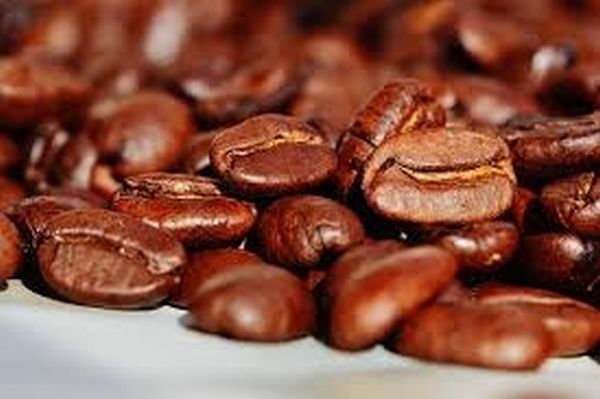Spending intentions have declined across all sectors and it is more crucial than ever that companies adjust to the current situation.
The Romanian coffee market has gradually decreased over the last years mainly owing to the consumers’ financial uncertainty. According to the World Research Institute, the annual coffee consumption in Romania is of 2,3 kg per capita, placing our country on the 49th place in a global ranking. In comparison, Finland comes first with over five times as much coffee drunk per capita, on an annual basis (12 kg).
Irrespective of the financial situation, Romanian coffee consumers have not resorted to down-trading, to switching their favourite coffee brand for a more economical one; generally, they would rather drink less coffee but at the same quality they are used to. Brand loyalty is something that defines the entire coffee market.
Another aspect relevant for the Romanian consumers is the kind of coffee they drink and the way they prefer to prepare it. The roast and ground coffee is by far the most sought after and they usually prepare it using the kettle. This kind of preparation brings out the most caffeine in coffee, although most people are tempted to believe that the espresso holds that characteristic.
The fact that Romania is not an avid coffee drinking country, such as the northern European states, can be explained by its recent history. During the communist regime, coffee was hard to find, being handed out in rations. As a result, people would only enjoy a cup of coffee when guests would come to visit – coffee was seen as a luxury. Although times have changed and now coffee is easily accessible in a variety of blends, such perceptions are hard to shift.
In one way, coffee continues to be treated as a luxury. Although scheduled to be eliminated in 2010, after a gradual decrease as of 2007, the coffee excise duty is still applicable in our country. Romania is one of the few states to maintain this tax in the European Union, alongside Belgium, Latvia and Germany. Bulgaria eliminated it on entering the European Union. The coffee excise duty rate applicable in Romania varies between EUR 153 /tone and EUR 900/tone, depending on the type of coffee.
The existence of this tax brings about at least two issues: one is the growth of the black coffee market and the other, easier to measure, is the increased price consumers have to pay for their daily cup of coffee. The exchange rate at which all the taxes will be calculated in 2013 is of 4,5223 lei per euro, 5,1% higher than in 2011.
Coffee producers have to cope with a series of realities having to do with coffee prices and the way they impact end-consumers. Being a commodity traded in the stock exchange, green coffee prices may vary on several grounds: poor or rich harvests, changes in climate, speculations, to name just a few. When green coffee prices are on the rise, local producers such as Strauss Romania have a very difficult task at hand: try not to transfer the entire financial burden to end consumers. How can we do that? By effectively managing all the operational costs but, at the same time, keeping an eye on the quality of our products.
At the end of the day the winners will be the companies that will look about opperational excellence, exceptional execution and develop a portfolio of powerfull brands.
“At the end of the day the winners will be the companies that will look about operational excellence, exceptional execution and develop a portfolio of powerfull brands.”





























